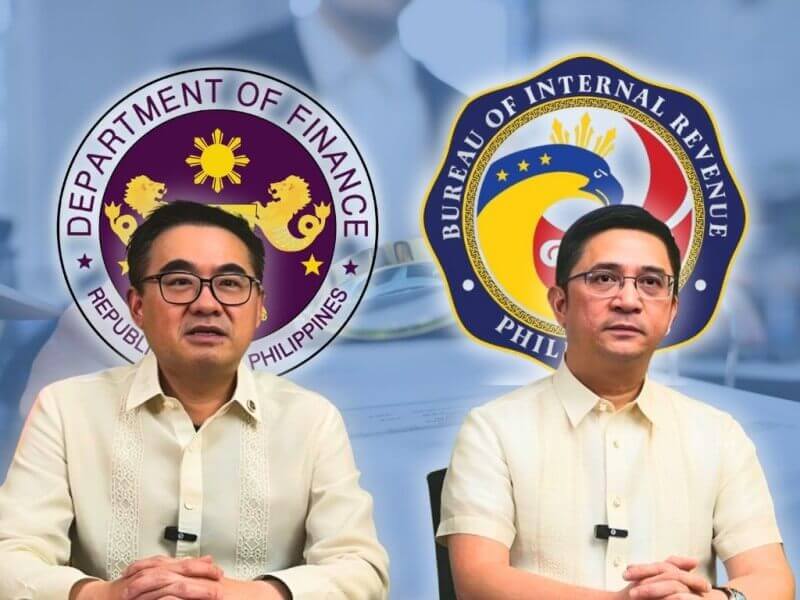Tuesday, 16 December 2025
2 days ago
Go calls for stronger EDCom action on prices, growth
Finance Secretary Frederick D. Go urged members of the Economic Development Committee (EDCom) to build on key policy gains and deepen interagency coordination to manage inflation and strengthen investments, as the panel wrapped up its sixth and final meeting for the year on Dec. 11, 2025.

3 days ago
GenSan economy beats national growth as business sector reports big gains
General Santos City closed the past two years with one of the strongest economic showings in the region, posting a 6.8 percent GDP growth rate that outperformed the national 5.6 percent pace and signaled broad momentum for local business.

5 days ago
Philippines set for strong growth as digital and travel sectors rise
The Philippines is expected to remain one of Asia-Pacific’s fastest-growing economies in 2026, powered by robust domestic demand, accelerating digitization and a travel sector that continues to outperform the region, according to the Mastercard Economics Institute’s (MEI) latest outlook.

19 Nov 2025
6:41PM
INSIDER INFO: Self-made billionaire weighs PSE delisting amid worsening economic signals
By: Miguel R. Camus
A major tycoon is weighing a possible delisting, reflecting his growing unease over a softening economy.

3 Nov 2025
7:51PM
‘Act before the negative narrative gets worse’: Experts warn of confidence crisis as stock market pain deepens
By: Miguel R. Camus
Philippine stocks extended their slide, nearing recent lows as foreign funds pulled out and confidence wavers amid corruption probes, soft growth signals, and mounting market unease.

27 Oct 2025
7:13PM
Empty condos, POGO exit weigh on Meralco power sales
By: Miguel R. Camus
Nearly a year after the government’s ban on Chinese offshore gaming firms, the ripple effects on real estate and the economy are still being felt.

22 Oct 2025
9:09AM
VIEWS FROM THE PEAK: Mining stocks take the gold
Gold’s relentless rally has reignited investor interest worldwide, propelling Philippine mining stocks to their strongest performance in over a decade.

19 Oct 2025
9:49PM
Policy expert: Trump 2.0 reshapes trade; ASEAN must fix ‘little BRIC’ now
Southeast Asian economies face a more transactional US trade posture under President Donald Trump’s second term, but opportunities abound for nations that move quickly and reduce friction for investors, Milken Institute senior fellow Curtis Chin told Security Bank clients last week.

7 Oct 2025
10:21AM
Philippine inflation inches up to 1.7 percent in September 2025
The rise in transport costs—up 1.0 percent in September after a 0.3 percent decline in August—was the main driver of the uptick. The food and non-alcoholic beverages index also inched up to 1.0 percent from 0.9 percent a month earlier, while the rate of increase in the prices in restaurants and accommodation services rose to 2.4 percent from 2.3 percent.









